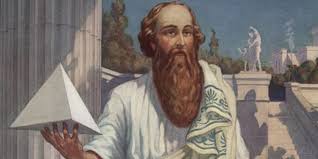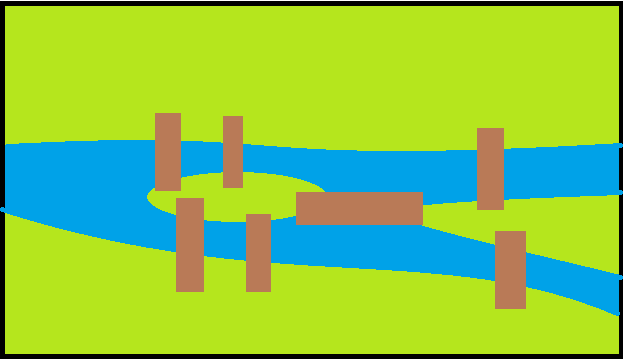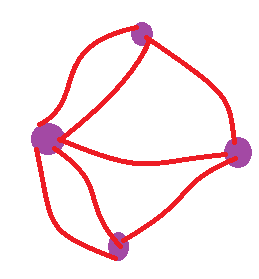 Pythagoras could be the first famous mathematician we learn about at school, when we learn the famous formula relating to triangles
Pythagoras could be the first famous mathematician we learn about at school, when we learn the famous formula relating to triangles
h2 = a2 + b2
But how much do we know about the man behind the theorem?
Pythagoras lived 6th century BC. He was a Greek but settled with his followers on an island off the coast of what is now Italy – But then the ancient Greeks travelled all over the Mediterranean They lived as a cult in an uneasy relationship with the locals, and were probably driven out before their leader died in 495BC.
The Pythagoreans believed, among other things
- In re-incarnation – all souls, animal and man, were immortal and moved into a new body when dead
- Probably for that reason, they were strict vegetarians (though this is in dispute), and nor did they eat beans
- They were strong believers in numerology – All numbers had meanings,, and quite a few were considered sacred including 3, 7 and 10 – They never gathered in groups greater than 10.
- That the planets and stars move according to musical equations – and produce a symphony that we can not hear
- They were keen athletes; dancing and walks were important features of Pythagorean life.
- New members had to stay silent for the first five years.
- Ahead of its time, women were allowed to be full members (Athenian democracy, which cam a little later did not permit women to take part)
But its not clear that they did invent the theorem, which was know to the Chinese and Babylonians Centuries earlier. It is thought that they produced one of the first recognised proofs

